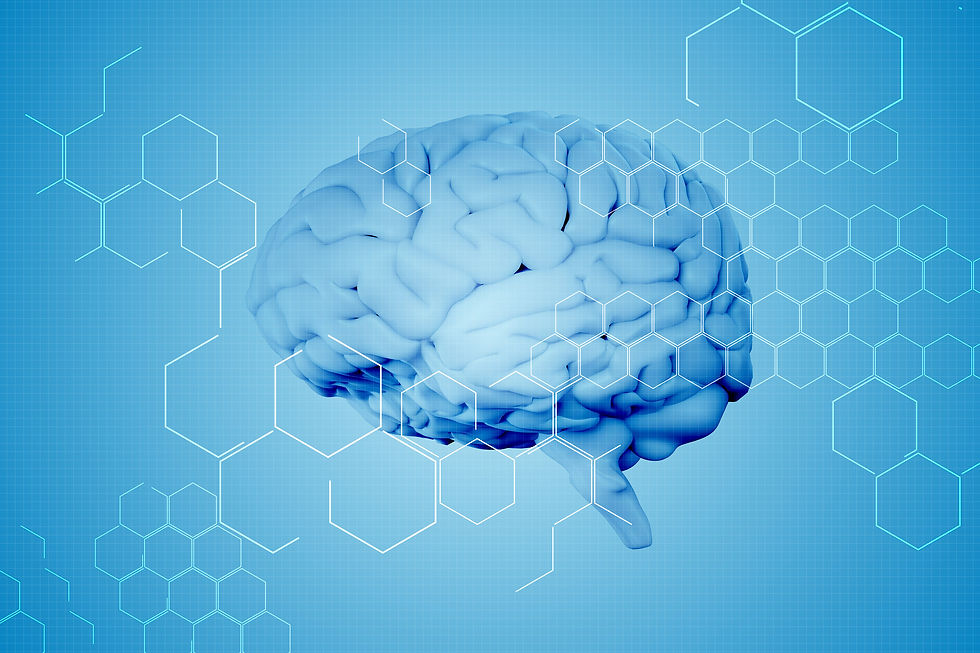Why Pitolisant?
- Lara Pullen
- Dec 1, 2016
- 3 min read

We are hopeful that pitolisant may be uniquely able to meet the unmet needs of the Prader-Willi Syndrome (PWS) community. Pitolisant has received EU approval for treating narcolepsy and is currently available with the name brand of Wakix® in Europe. It will be prescribed for narcolepsy and cataplexy (http://www.ema.europa.eu/ema/index.jsp?curl=pages/medicines/human/medicines/002616/human_med_001955.jsp&mid=WC0b01ac058001d124). It is the first drug to target the histamine 3 receptor. It is described as an inverse agonist.
What causes PWS?
PWS is a rare genetic disease characterized by hyperphagia, obesity, and sleep disturbances. Indeed, a hallmark feature of PWS is a lack of satiety and propensity towards hyperphagia. Since experts in the field of PWS still do not understand the underlying biology of these symptoms of PWS, the only FDA-approved treatment for PWS is growth hormone which, while helpful for improving growth and muscle tone, does little to relieve symptoms such as lack of wakefulness, which can contribute significantly to the clinical burden of PWS. Nevertheless, growth hormone is beneficial and children with PWS, and children who do not receive growth hormone therapy often display a clinically abnormal growth pattern.
Unfortunately, though, while growth hormone is helpful, individuals with PWS still struggle with excess hunger, extreme obesity, and problems with wakefulness. While there is consensus that individuals with PWS require a more specific treatment to relieve disease burden, there is still no clear understanding of the underlying molecular mechanism behind the pathophysiology of PWS. Absent an established pathophysiological mechanism for PWS, we attempted to identify a single molecule that could potentially underlie the myriad symptoms of this complex disease.
Could the Histamine 3 Receptor be Important for PWS?
While originally identified as a key immunological molecule in the allergic response of humans, histamine is actually an evolutionarily-primitive molecule that plays many fundamental roles across many animal phyla. Humans possess four histamine receptor subtypes: histamine 1 receptor (H1R) through the histamine 4 receptor (H4R). The H3R drew our attention because it appears to achieve its homeostatic function via regulation of the release of various neurotransmitters including serotonin, acetylcholine, and dopamine.
If H3R were a critical receptor in the pathophysiology of PWS, this would explain why it has, to date, been difficult to identify a satisfying single genetic cause for PWS. While the role of the H3R has not yet been studied in PWS, research has revealed dysfunction in neurotransmission in patients with PWS. Specifically, the serotonergic system and, possibly the dopamine system, appear to be compromised in individuals with PWS. Dopamine is also known to play an important role in feeding and satiety. We note that the neurotransmitters that are dysregulated in individuals with PWS are those that are regulated by the H3R.
Could pitolisant help individuals with PWS?
Since the H3R is able to modulate other neurotransmitters, H3R ligands are being investigated for the treatment of various conditions and there are multiple H3R inverse agonists/antagonists in development. Multiple studies lend credence to the neuroprotective effects of this class of pharmaceuticals. The H3R inverse agonist pitolisant is newly approved in the European Union for the treatment of the rare sleep disorders of narcolepsy and cataplexy.
While improved wakefulness alone would be a major improvement in the quality of life of individuals with PWS, there are many reasons to believe that the neurologic benefits of pitolisant in the PWS population might extend beyond improving wakefulness. For example, many individuals with PWS struggle with mental health issues and learning disabilities which could potentially be improved by pitolisant. Moreover, research suggests that the cognitive enhancing activities of drugs such as pitolisant may help protect against schizophrenia, attention deficit disorder, and other cognitive disorders. Lastly, children with PWS are often plagued with severe gastrointestinal problems that remain difficult to treat. Pitolisant may affect multiple cells in the gastrointestinal tract and could theoretically improve these symptoms. For these reasons, we propose that it is biologically plausible that pitolisant would be useful for the PWS patient population, not only in the treatment of excessive daytime sleepiness, but that it could also improve the ability of individuals with the syndrome to respond to environmental stressors such as changes in temperature, high glucose loads, and complex social interactions.
In Conclusion…
The H3R is a biologically plausible drug target for PWS. The newly approved H3R inverse agonist makes it possible for physicians to investigate the effects of pitolisant in individuals with PWS in promoting wakefulness, while at the same time observe to see if pitolisant is able to have other beneficial effects in individuals with PWS.








Comments